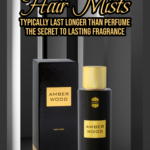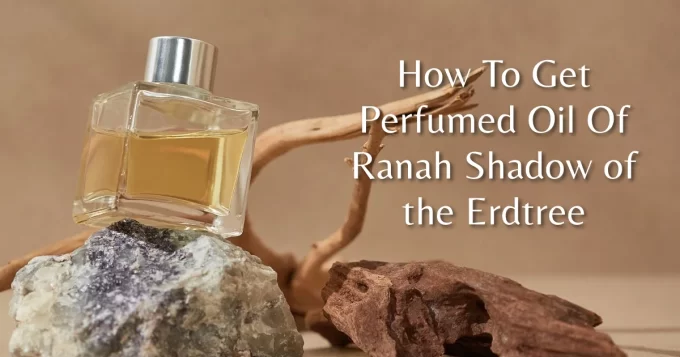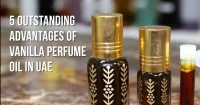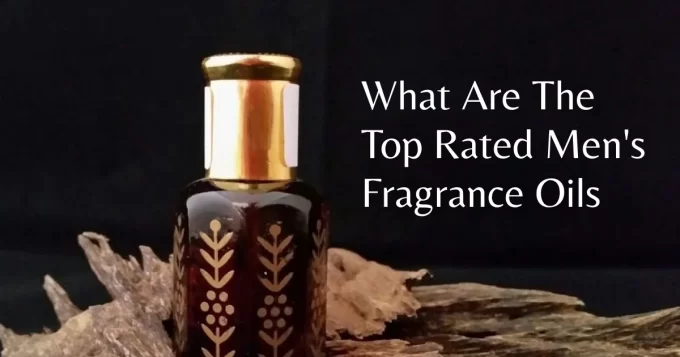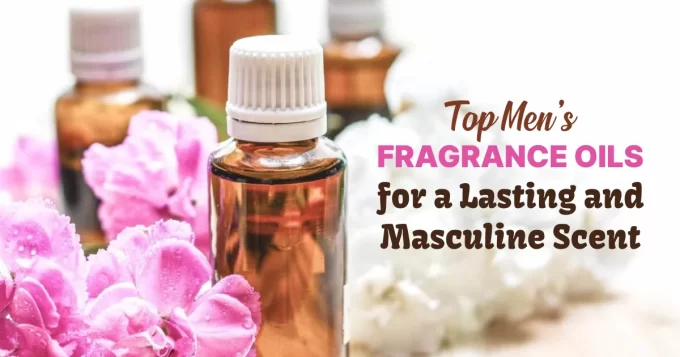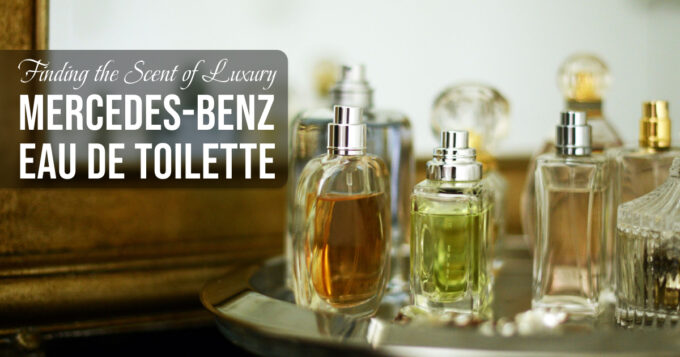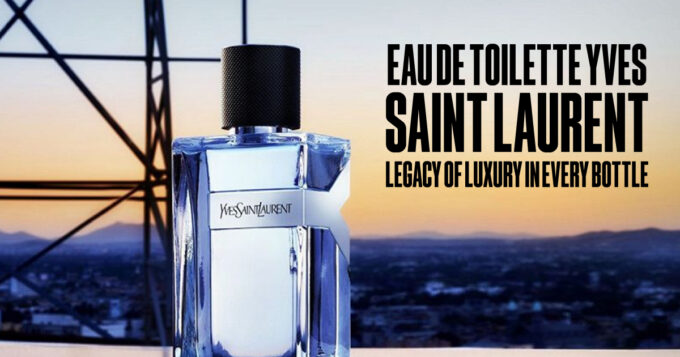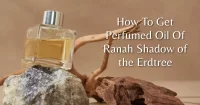Oud, often referred to as “liquid gold,” holds a revered place in the world of perfumery. This rare and precious ingredient has a rich history and cultural significance, making it one of the most sought-after and expensive materials in the fragrance industry. In this blog post, we will explore the origins, characteristics, and allure of oud, and why it truly deserves its nickname as liquid gold.
The Origins of Oud
Oud, also known as agarwood, is a resinous heartwood derived from the Aquilaria tree, native to Southeast Asia, particularly in countries like India, Bangladesh, Bhutan, and Indonesia. The formation of oud is a natural defense mechanism of the tree. When the Aquilaria tree is infected by a specific type of mold, it produces a dark, fragrant resin to protect itself. This resin-embedded wood is what we know as oud and is highly prized in perfumery, notably in Coty Chypre perfume, where it adds a rich, complex depth to the fragrance profile.
The Process of Harvesting Oud
Harvesting oud is a meticulous and labor-intensive process, contributing to its high value. The process involves:
1. Infection and Resin Formation: The tree becomes infected, either naturally or artificially, by introducing the mold. Over time, the tree produces the resin.
2. Harvesting: The infected trees are carefully cut down, and the resinous heartwood is extracted.
3. Aging and Processing: The harvested wood is aged and processed to produce oud oil through steam distillation or other extraction methods.
Characteristics of Oud
Oud has a unique and complex scent profile that sets it apart from other fragrance ingredients. Its aroma can be described as:
Rich and Woody: The dominant notes are deep, woody, and resinous.
Earthy and Smoky: It has earthy undertones with a slightly smoky character.
Sweet and Spicy: Depending on the origin and processing, oud can have sweet, spicy, and even animalic nuances.
Cultural Significance of Oud
Oud holds a special place in various cultures, especially in the Middle East and Southeast Asia. It is deeply ingrained in religious, cultural, and social practices:
In the Middle East: Oud is used in religious ceremonies, traditional medicine, and as a symbol of hospitality and status. It is burned as incense in homes and mosques, creating a sacred and welcoming atmosphere.
In India and Southeast Asia: Oud has been used for centuries in Ayurvedic and traditional medicine for its purported therapeutic properties. It is also an integral part of cultural and religious rituals.
Why Oud is Described as Liquid Gold
1. Rarity and Scarcity
The rarity of oud is one of the primary reasons for its high value. Not all Aquilaria trees produce oud, and the process of natural infection and resin formation can take several years, sometimes even decades. This scarcity makes oud a precious commodity, often referred to as liquid gold.
2. Complex and Unique Aroma
The complex and multifaceted aroma of oud is unparalleled in the world of perfumery. Its rich, deep, and captivating scent profile cannot be replicated by synthetic alternatives, adding to its exclusivity and desirability.
3. Cultural and Historical Significance
The cultural and historical significance of oud enhances its allure. Its use in religious ceremonies, traditional medicine, and social customs adds a layer of mystique and reverence, making it more than just a fragrance ingredient.
4. Labor-Intensive Harvesting Process
The labor-intensive process of harvesting and extracting oud contributes to its high cost. The meticulous care required to produce high-quality oud oil justifies its status as a luxury item.
5. Therapeutic Benefits
Oud is believed to have various therapeutic benefits, including stress relief, relaxation, and aphrodisiac properties. These benefits add to its appeal as a holistic and luxurious ingredient.
The Role of Oud in Modern Perfumery
In modern perfumery, oud is celebrated for its versatility and ability to add depth and complexity to fragrances. It is often used as a base note, providing a long-lasting and robust foundation for perfumes. Oud blends beautifully with other notes such as rose, sandalwood, amber, and spices, creating sophisticated and opulent compositions.
Notable Oud Fragrances
Several luxury perfume houses have crafted iconic oud-based fragrances that showcase the beauty and complexity of this ingredient:
1. Tom Ford Oud Wood: A luxurious blend of oud, sandalwood, and spices, creating a warm and sophisticated scent.
2. Maison Francis Kurkdjian Oud: A refined composition featuring oud, saffron, and cedarwood, exuding elegance and opulence.
3. Creed Royal Oud: A regal fragrance combining oud with citrus, sandalwood, and spices, offering a harmonious and majestic aroma.
4. Acqua di Parma Colonia Oud: A modern take on oud, blending it with citrus notes for a fresh yet deep scent.
Conclusion
Oud, with its rich history, cultural significance, and unparalleled aroma, truly deserves its title as liquid gold. Its rarity, complex scent profile, and labor-intensive production process make it one of the most coveted ingredients in the world of perfumery. Whether you are a fragrance enthusiast or someone seeking a touch of luxury, oud offers a timeless and captivating olfactory experience. Embrace the allure of oud and discover why it has been cherished for centuries as the ultimate symbol of luxury and elegance.




